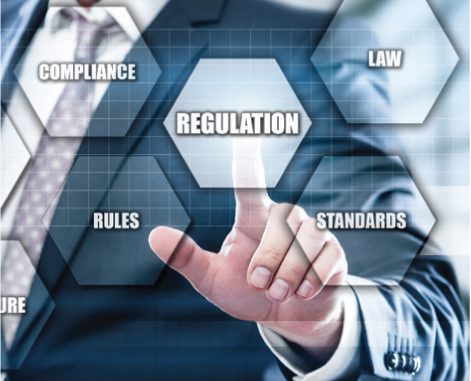
Effective implementation of smart grids depends on flexible and dynamic regulations. Regulations need to be conducive to investments in smart grids while at the same time protecting consumer interests. Moreover, given that smart grid technologies entail large investments and lead times, and that the technologies are still at a nascent stage, the role of a proper regulatory framework is even more critical.
Power Line takes a look at the key regulatory developments in the smart grid space during the past one year…
Functional requirements of AMI
A key development towards creating an institutional framework for rolling out smart meters was the release of the Central Electricity Authority’s (CEA) report on the functional requirements of advanced metering infrastructure (AMI) in August 2016. These requirements define the minimum functionalities and performance for AMI systems to be developed in India. As per the report, an AMI system should support remote meter data reading at configurable intervals, time-of-day metering, prepaid functionality, net metering/billing, alarm/event detection, notification and reporting, remote load limiter and connection/disconnection on defined/on-demand conditions, remote firmware upgrade integration with other existing systems and security features. The report also states that the AMI system should support interfacing with future smart grid functionalities like outage management systems and distribution automation, including self-healing systems, distribution transformer monitoring units, electric vehicles, and distributed energy resources.
Energy storage
With new areas such as energy storage technologies expected to play an increasingly important role in future electricity grids, the Central Electricity Regulatory Commission (CERC) issued a staff paper in January 2017 on the introduction of electricity storage systems (ESS). The paper addresses the probable approaches for the usage of storage systems, as well as the operational and recovery aspects of storage facilities. Some uses of the ESS that the paper intends to bring to the notice of stakeholders are controlling intermittent generation from renewable sources, ensuring reliable power system operations, minimising deviations from schedule despatches or drawals, and storing excess generation. Prior to this, in April 2016, the Ministry of Power released a report of the technical committee on large-scale integration of renewables and the need for a balancing and deviation settlement mechanism.
Communication systems
Recognising the importance of developing a strong and reliable national backbone communication system in a vast meshed power network, the CERC, in October 2016, notified draft regulations for a communication system for inter-state transmission of electricity. The regulations lay down the rules, guidelines and standards to be followed by various participants for continuous availability of data for system operation and control, including market operations. Further, the regulations deal with the planning, implementation, operations and maintenance, and upgradation of a reliable communication system for all communication requirements including exchange of data for interstate transmission of electricity.
Smart meter standards
In 2016, the Bureau of Indian Standards published a standard for the data exchange protocol for smart meters, IS 15959 (Part 2). The standard is applicable for AC static direct connected watt-hour smart meters (Classes 1 and 2) that are designed as per IS 16444. In addition, a companion specification for energy metering objects, interface classes and their instances, attributes and methods, event and status tables, device language message specification services and communication profiles that are to be supported are a part of the standard to enable data exchange to and from smart meters. Protocol and communication testing requirements are also mentioned in this standard.
Ancillary services
With greater deployment of smart grid technologies, the role of ancillary services in the power system is expected to increase significantly. In March 2016, the National Load Despatch Centre (NLDC), the nodal agency for the implementation of ancillary services, notified the detailed procedure for ancillary service operations. The procedure lays down the roles, responsibilities, eligibility criteria, scheduling, despatch, accounting and settlement methodologies to be followed by the nodal agency, regional load despatch centres, regional power committees, regulation ancillary service providers and state load despatch centres for the implementation of ancillary services operations.
Conclusion
On the regulatory front, there have been a number of positive developments in recent years such as the issuance of the model smart grid regulations by the Forum of Regulators, and net metering regulations by more than two dozen state regulatory commissions. These regulatory steps are encouraging and are expected to foster smart grid development in India.
